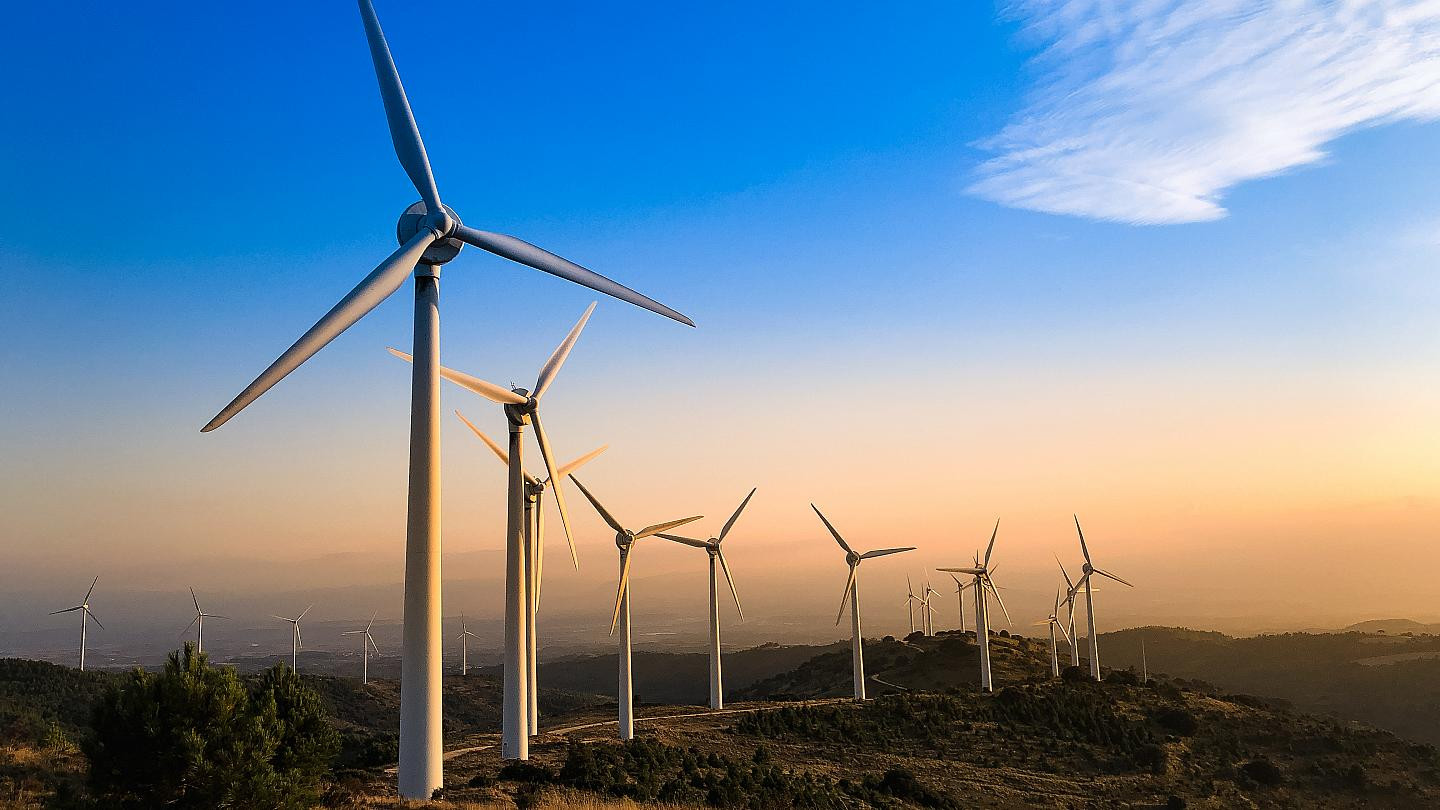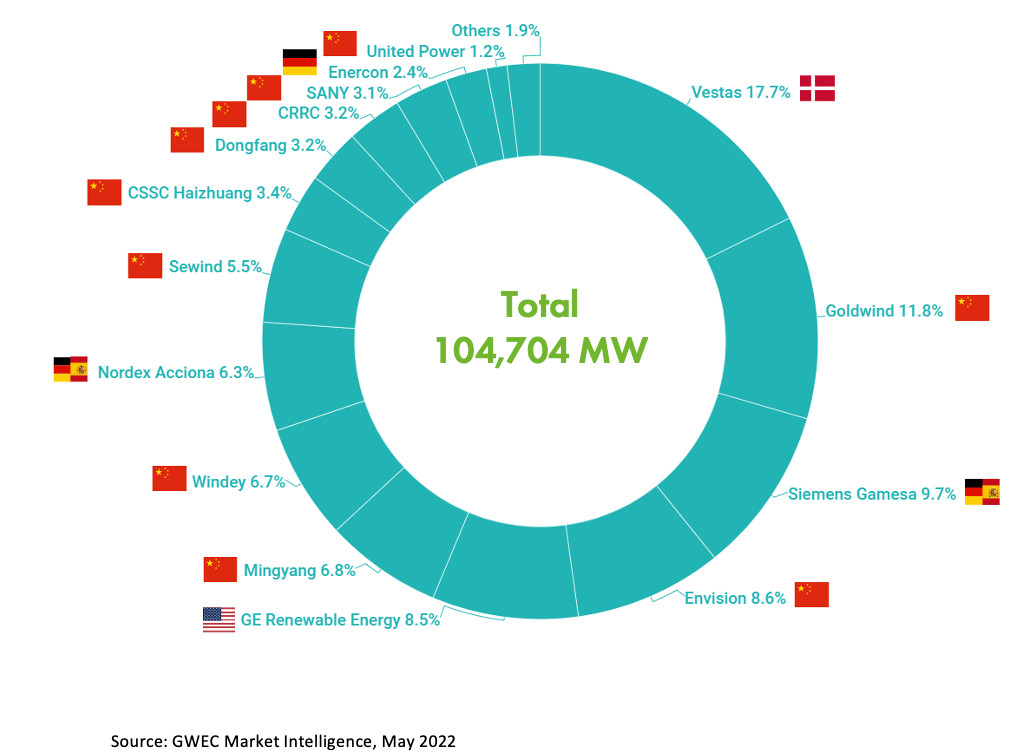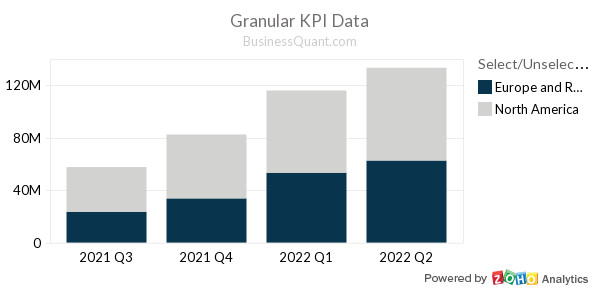The global wind turbine market is experiencing a surge in growth, propelled by the increasing adoption of wind energy as a clean, renewable source. This shift towards sustainable energy solutions is driving significant investments in wind turbine technology and infrastructure, setting the stage for a robust market expansion in the years to come.
Driving Forces Behind the Wind Turbine Market Boom
The wind turbine market is experiencing robust growth due to various factors. The rising adoption of wind energy as a clean and sustainable source of electricity is a major driver. Governments worldwide are implementing policies to promote renewable energy adoption, incentivizing the use of wind turbines.
Furthermore, the growing global demand for clean energy is pushing businesses and individuals to embrace renewable energy sources. This trend is particularly evident in regions like Europe and Asia-Pacific, where wind energy is playing a pivotal role in decarbonizing energy portfolios.
Key Market Segments and Their Growth Prospects
The wind turbine market is segmented by axis type, installation, component, and application. The vertical segment, which encompasses vertical axis wind turbines (VAWTs), is expected to remain the largest type throughout the forecast period. VAWTs have attracted attention due to their unique design and potential advantages in specific applications, particularly off-grid and hybrid energy systems.
The Rise of Vertical Axis Wind Turbines
Vertical axis wind turbines (VAWTs) stand out for their distinctive design, offering potential advantages in certain scenarios. Unlike conventional horizontal axis wind turbines (HAWTs), which feature blades rotating around a horizontal axis, VAWTs boast blades that rotate around a vertical axis. This unique configuration allows VAWTs to capture wind from multiple directions, making them suitable for locations with variable wind patterns. They are also considered a viable option for urban environments, where space constraints can be a limitation for traditional wind turbines.
Onshore Wind Dominance
The onshore segment is expected to dominate the wind turbine market throughout the forecast period. Onshore wind turbines play a crucial role in renewable energy infrastructure, significantly contributing to global efforts to reduce reliance on fossil fuels and mitigate climate change. These turbines harness the power of wind to generate electricity, utilizing vast expanses of land rather than offshore locations. Their proximity to populated areas can also minimize transmission losses, ensuring efficient delivery of electricity to consumers.
Blade Technology Takes Center Stage
The rotator blade segment dominated the wind turbine market throughout the forecast period, emphasizing the critical role of blades in wind turbine performance. The primary function of the rotator blade in a wind turbine is to harness the kinetic energy present in the wind and transfer it into rotational motion. As the wind blows, it exerts force on the turbine blades, causing them to rotate around the shaft. This rotational motion is then transmitted through the shaft to the generator, where it is converted into electrical energy.
The Utility Sector Embraces Wind Power
The utility segment is poised to lead the wind turbine market throughout the forecast period. Wind turbines in utility applications offer significant advantages, including the ability to generate electricity at scale without emitting greenhouse gases or other pollutants associated with conventional power plants. This makes them a critical tool in combating climate change and reducing dependence on finite fossil fuel resources.
Asia-Pacific: A Region Embracing Wind Energy
The Asia-Pacific region is rapidly embracing wind energy as a key component of its renewable energy mix. China, in particular, leads the Asia-Pacific region in wind turbine usage, boasting the largest installed capacity in the world. China's aggressive investment in wind energy is driven by both environmental concerns and a desire to reduce dependence on fossil fuels.
India's Wind Energy Journey
India is another prominent player in the Asia-Pacific wind energy market. The country has made significant strides in recent years to harness its wind resources, particularly along its western coast and in states such as Tamil Nadu and Gujarat. India's ambitious renewable energy targets, coupled with favorable government policies and incentives, have spurred growth in the wind energy sector, attracting both domestic and international investment.
Industry Players Shape the Market Landscape
Several key players are shaping the global wind turbine market, including Vestas, Siemens Gamesa, GE Renewable Energy, Nordex SE, Goldwind, and Envision Energy. These players have adopted various strategies, such as new product launches, collaborations, expansion, joint ventures, agreements, and others, to increase their market share and maintain dominant positions in different regions. The report provides a detailed analysis of these key players, highlighting their business performance, operating segments, product portfolios, and strategic moves.
The Future of Wind Energy: A Bright Outlook
The wind turbine market is poised for continued growth, driven by factors such as increasing demand for clean energy, government support for renewable energy initiatives, and technological advancements. The development of new technologies, such as offshore wind, floating wind, and smart wind farm management systems, is further accelerating the industry's evolution.
As the world transitions towards a more sustainable energy future, wind energy is expected to play a pivotal role in meeting global energy demands while reducing environmental impact. The wind turbine market is well-positioned to capitalize on this shift, offering investors and businesses significant opportunities for growth and innovation.
The Wind Turbine Market: A Force for Change
The wind turbine market is more than just a sector; it's a force for change. It represents a global commitment to a cleaner, more sustainable future. As the world embraces renewable energy sources, the wind turbine market will continue to evolve, paving the way for a brighter, more energy-secure tomorrow.


















